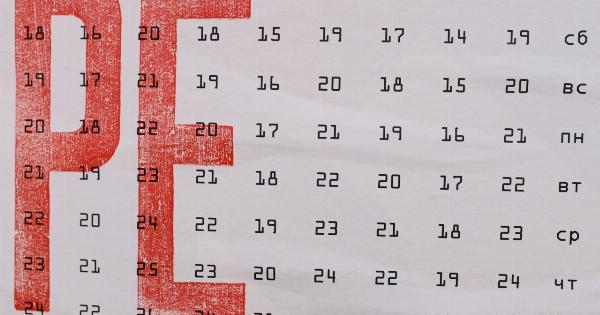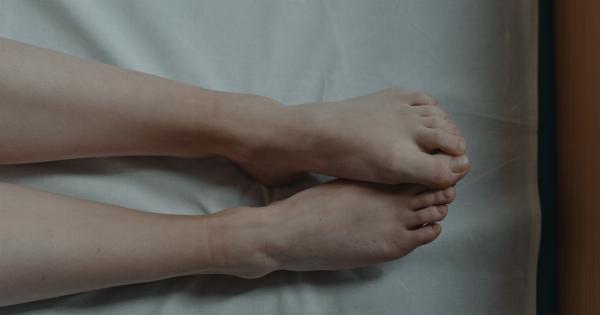When it comes to injuries, one thing we all want is a speedy and efficient healing process. Whether it’s a minor sprain or a major fracture, no one wants to be sidelined for too long.
Fortunately, there are several techniques that can help expedite the healing process and get you back on your feet in no time. In this article, we will explore some quick restoration techniques for injuries that can help you heal faster and get back to doing what you love.
1. Rest and Protect
The first step in any healing process is to rest and protect the injured area. This might mean using crutches or a brace, or simply avoiding activities that aggravate the injury.
By giving the body time to heal and not putting unnecessary stress on the injured area, you are allowing the natural healing process to take place.
2. Apply Ice
Ice can be a powerful tool in reducing pain and inflammation associated with injuries. Applying ice to the affected area can help numb the pain and reduce swelling.
Remember to use a thin cloth or towel to cover the ice pack to protect your skin from direct contact.
3. Compression
Using compression techniques such as elastic bandages or compression sleeves can help reduce swelling and provide support to the injured area. Compression helps limit the accumulation of fluid at the site of injury, allowing for a speedier recovery.
4. Elevate
Elevating the injured area above the heart level can help reduce swelling and improve blood circulation. This is especially effective for injuries in the lower extremities.
By elevating the injury, you are allowing gravity to assist in the drainage of fluid and reducing inflammation.
5. Proper Nutrition
Providing your body with the right nutrients is crucial for a speedy recovery. Make sure to eat a well-balanced diet that includes foods rich in vitamins, minerals, and proteins.
These nutrients play a vital role in tissue repair and help boost the immune system.
6. Range of Motion Exercises
While rest is important, it’s also essential to gradually introduce movement to the injured area. Range of motion exercises can help prevent stiffness and improve flexibility after an injury.
Make sure to consult with a healthcare professional or physical therapist to determine the appropriate exercises for your specific injury.
7. Physical Therapy
In some cases, injuries may require professional intervention. Physical therapy can be immensely beneficial in accelerating the healing process.
A qualified physical therapist can guide you through specific exercises and treatments designed to restore function and mobility to the injured area.
8. Heat Therapy
After the initial acute phase of an injury has passed, heat therapy can be beneficial in promoting blood flow, relaxing muscles, and easing pain.
Applying a warm compress or using a heating pad can help stimulate healing by increasing circulation to the injured area.
9. Stay Hydrated
Drinking an adequate amount of water is essential for overall health and wellbeing, but it is particularly important when recovering from an injury.
Staying hydrated helps facilitate the transport of nutrients to the injured area and aids in the removal of waste products, assisting the healing process.
10. Psychological Healing
Healing from an injury is not just physical; it also involves psychological well-being. Dealing with the frustration and emotional impact of being injured is an essential part of the healing process.
Engage in activities that make you happy and stay connected with your support system to maintain a positive mindset during your recovery.






























